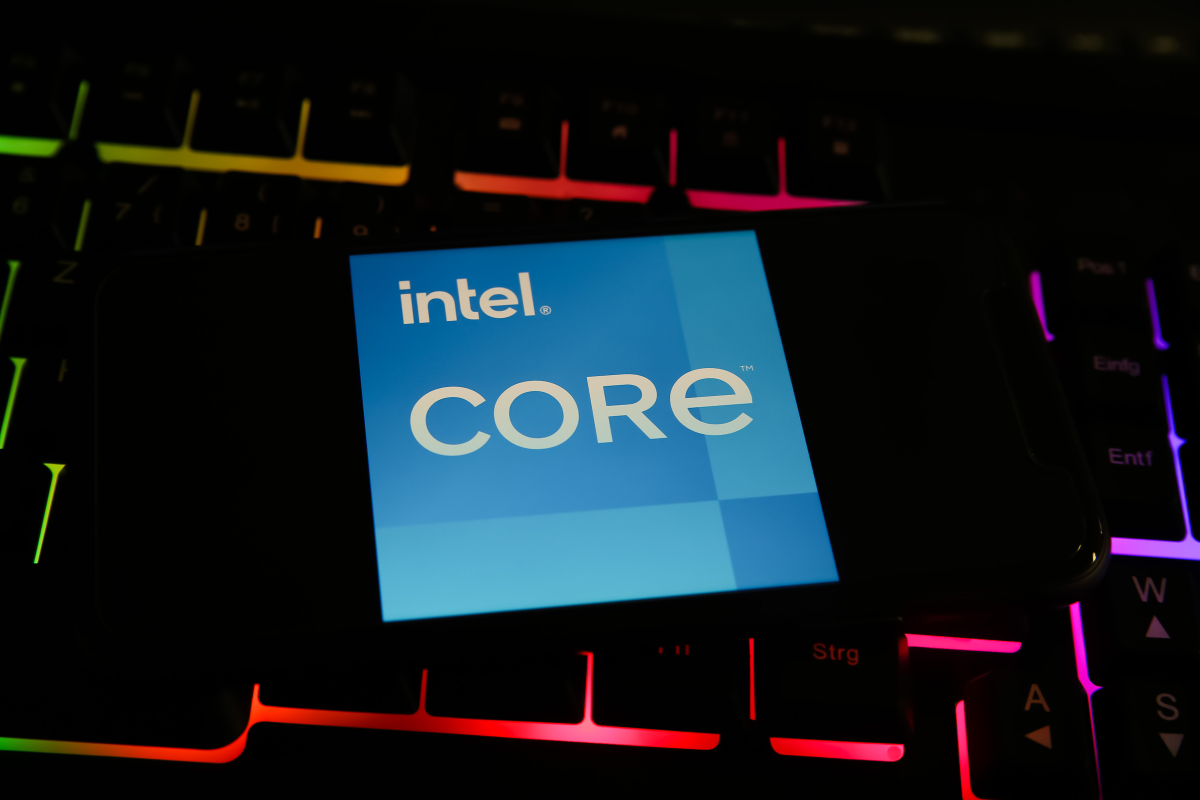Intel introduces AI model that generates 360-degree images from text
The US technology and chip giant Intel has presented the so-called Latent Diffusion Model for 3D (LDM3D) in cooperation with Blockade Labs. Blockade Labs sees itself as a kind of tool that empowers creative “wizards” to bring new experiences to life.
In other words, they provide a platform that allows creatives to translate their visions into virtual reality. Intel and Blockade Labs’ novel Latent Diffusion Model uses AI to create realistic 3D visual content.
“A field in which there has been significant progress in recent years”, writes Intel in a press release, “is the field of computer vision, specifically generative AI. However, many of today’s advanced generative AI models are limited to generating only 2D images.”
LDM3D is now said to be the industry’s first model that generates a depth map to create 3D images with 360-degree views. Intel writes that the innovation has the potential to “revolutionize content, metaverse applications and digital experiences and transform a variety of industries”.
Intel’s LDM3D “saves developers a lot of time”
Vasudev Lal, one of the developers, is quoted by Intel as saying: “Unlike existing latent stable diffusion models, LDM3D allows users to generate an image and a depth map from a text using almost the same number of parameters. It provides a more accurate, relative depth for each pixel in an image compared to standard depth estimation post-processing methods, saving developers significant time in scene development.”
Above all, the entertainment industry should benefit from the innovation. The model should be able to transform the text description of, for example, a tranquil tropical beach, a modern skyscraper or a science fiction universe into a detailed 360-degree panorama.
Editor’s Recommendations
This enables innovative applications for industries ranging from entertainment and gaming to interior design and real estate offerings to virtual museums and immersive virtual reality (VR) experiences.
The new model, according to Intel, paves the way for further advances in generative “multiview AI” and “computer vision”. Intel will continue to explore the use of generative AI to augment human capabilities and build a strong “open source AI research and development” ecosystem that democratizes access to this technology.
Intel makes LDM3D available as open source through “Huggingface”. This should enable AI researchers and practitioners to further improve the system and optimize it for custom applications.



